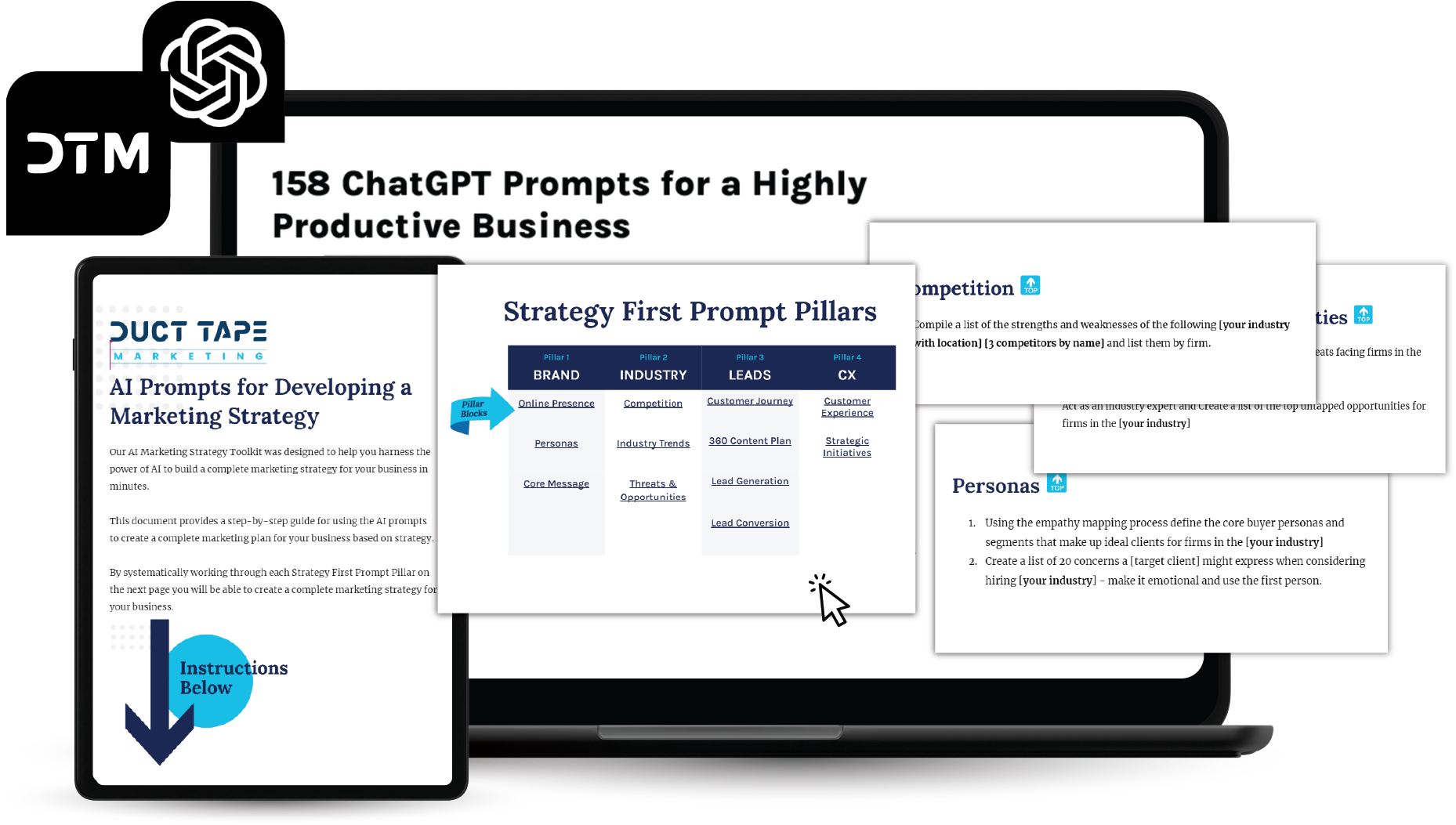Every business has competitors. No business will ever be the only option available to a client or customer. So every brand has to do some work to differentiate themselves from the competition. Why would someone pick you over that other guy or gal down the street? What unique value are you bringing to the table that they just can’t get with anyone else?
This is where storytelling comes in. Sure, there are a number of businesses out there that could theoretically solve your prospect’s problem. But by crafting a compelling brand story, you can differentiate yourself as the brand that understands the problem the best and has the most thoughtful solution to the issue.
There are five key elements to any effective brand story. Here, I’ll walk you through them, and give you the tips you need to create a statement that sets your business apart.
Address the Problem
People don’t seek your business out because of the product or service that you offer. They seek you out because they have a problem that needs fixing, and they think that yours could be the business to solve it.
The first step to proving that you are the best business to fix their issue is clearly defining the problem at hand. When you’re able to articulate the pain that your prospects are feeling, they immediately feel at ease: Here’s a business that gets what I need, and likely has the know-how to deliver.
So a great brand story starts with calling out your ideal customer’s problem, frustration, or challenge. Take, for example, a brand like Glossier. In recent years, they’ve squeezed into the crowded beauty space and now have a valuation of over $1 billion. They identify their customers’ issue right on their home page: “Beauty inspired by real life. Glossier is a new approach to beauty. It’s about fun and freedom and being OK with yourself today. We make intuitive, uncomplicated products designed to live with you.”
They acknowledge that their ideal customers have too many options when it comes to beauty care, that those high-fashion brands make them feel like they can’t live up to those impossible beauty standards, and that the steps to a beauty care regimen have gotten more and more complex over the years. They’re looking to pare things back and offer a handful of great products that get the job done, rather than complicate things with some other product you now need to cram into your medicine cabinet.
Paint a Picture of a Problem-Free World
Okay, so now you’ve gotten your prospect’s attention. You understand what their world is like, and you’re on their side: You know there’s a problem that needs solving. The next step is to show that a problem-free world is possible. What would your prospect’s life look like without the problem in it?
Returning to the Glossier example, they address this by sharing real-world stories of women who have embraced their intuitive approach to skincare. They include pictures of their smiling, naturally-glowing faces, and the women tell stories of a quick and easy beauty routine that still allows them plenty of time to enjoy their morning coffee before heading off to work.
How Did We Get Here?
Sure, your ideal customers have a problem, but now that you’ve called it out, you want to make sure they feel like they’re not alone. Visitors to your website shouldn’t get the sense that they’ve been called out; you want them to feel like it’s not their fault they’ve gotten into this mess!
The team at Glossier does this by acknowledging that they’re just like their ideal customer. They say that they’re “beauty editors [who have] tried it all.” They’ve walked into a Sephora and picked up every serum, eye cream, face mask, and eye shadow palette under the sun, just like their ideal clients have. And from this place of knowledge, they now create products that are uncomplicated and just work.
Outline a Way Forward
Now that you’ve addressed the issue, acknowledged that a better way is possible, and made your prospects feel that you understand how they got here, now you can show them another way.
Outline a way forward for them. Show that by taking a first step with you, they can move towards getting out of this mess and finding themselves on the other side, in a problem-free place.
Glossier does this on their site by then introducing their core products that are designed to simplify a skincare routine. There are only a handful of products, and they’re the basics anyone would need (like a moisturizer and face wash).
Invite Them to Contact You
Once you’ve proven your value by identifying your ideal customer’s problem, acknowledging that they’re not the source of the issue, and offering up your way forward, towards a brighter, problem-free future, it’s time to invite visitors to reach out. You’ve made your case for what you bring to the table, now it’s up to them to contact you to learn more.
Glossier does this at the bottom of their site. In addition to products that can be purchased online, they invite visitors to “Meet [them] in real life” by finding a store or pop-up location, and then they offer up their newsletter as a way to stay up-to-date on product launches and events.
Getting your brand to pop in the crowded online marketplace is about more than having a spiffy logo or memorable slogan. It’s even bigger than offering the best product or service out there. The secret to standing out is telling a compelling brand story. And when you follow the steps above and include those essential elements, you can guarantee that you immediately build a sense of connection between your brand and prospects.

